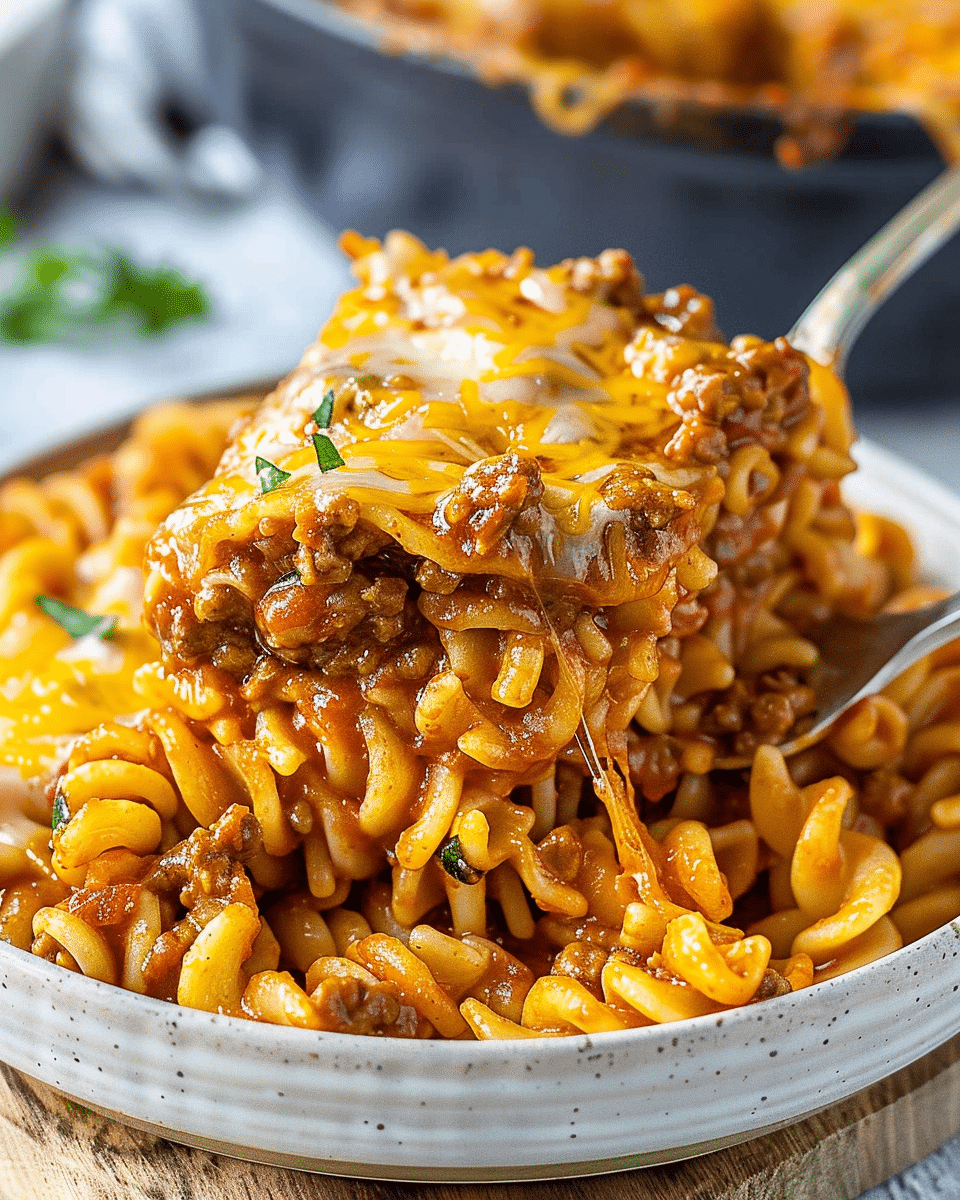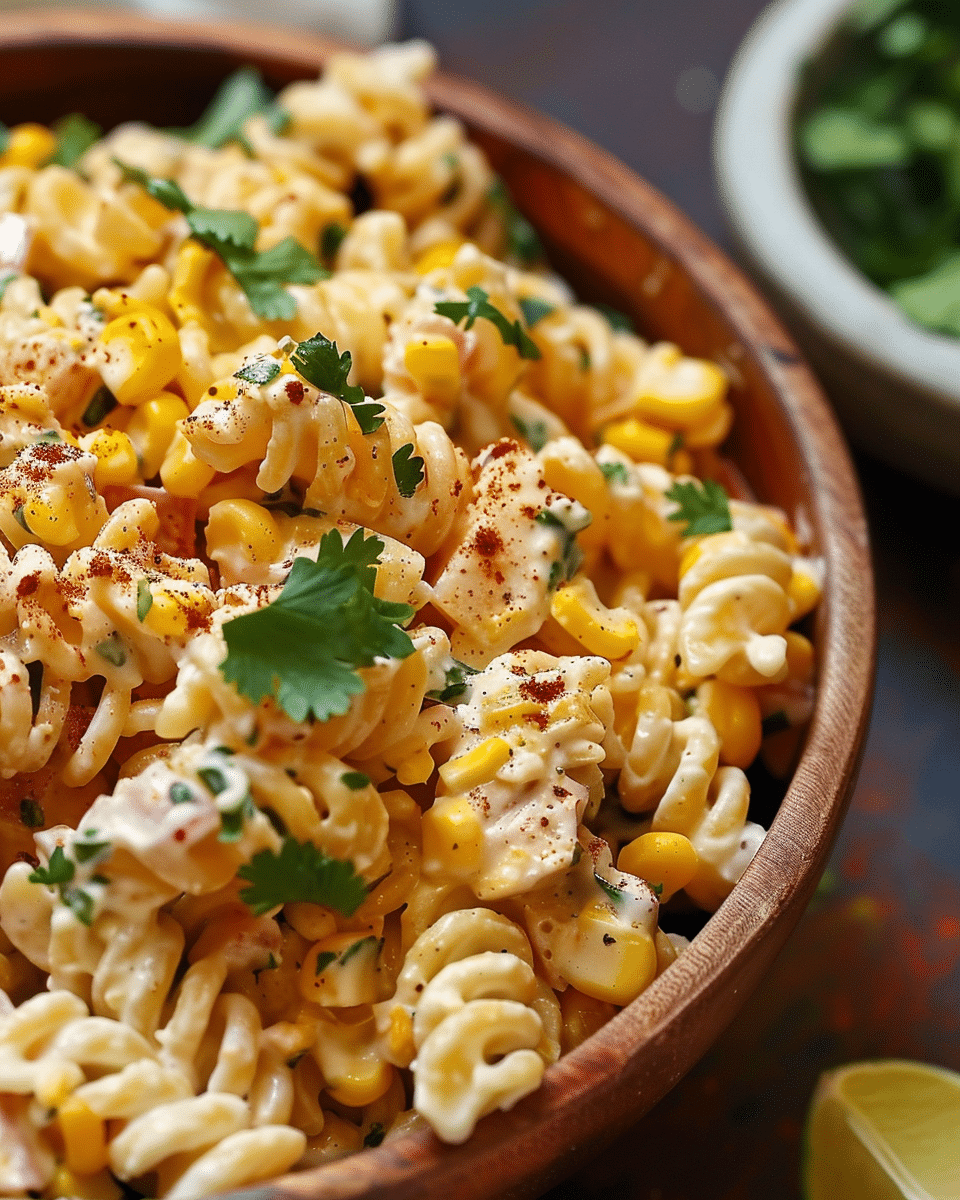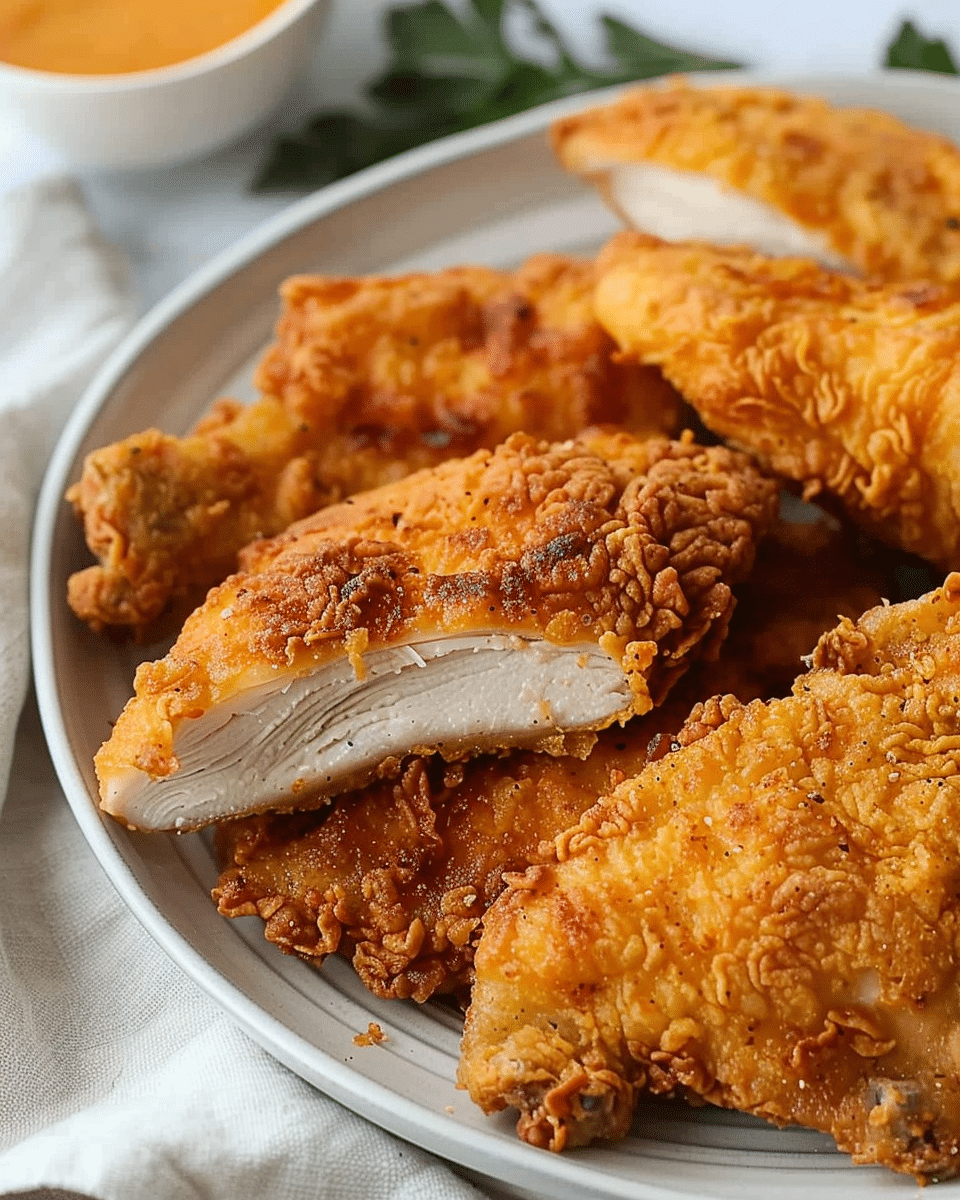Cornish hens are a popular choice for a special occasion or a dinner party. These small birds are perfect for individual servings, and they are easy to prepare. However, many people are unsure about the ideal temperature to cook a Cornish hen.
Understanding the ideal cooking temperature for Cornish hens is crucial to ensure that they are cooked to perfection. The ideal temperature for cooking Cornish hens is 350°F (177°C). This temperature is perfect for roasting Cornish hens, and it ensures that the meat is cooked through without drying out.
When cooking Cornish hens, it’s important to remember that they are delicate birds and require careful preparation. You should always pat the hens dry and season them with salt and pepper before cooking. Additionally, you can stuff the cavity with herbs or citrus fruits to add flavor to the meat. By following these simple steps, you can ensure that your Cornish hens are perfectly cooked and delicious.
Key Takeaways
- The ideal temperature for cooking Cornish hens is 350°F (177°C).
- Always pat the hens dry and season them with salt and pepper before cooking.
- Stuff the cavity with herbs or citrus fruits to add flavor to the meat.
Understanding Cornish Hens
Cornish hens are small chickens that weigh around 2 pounds, making them perfect for individual servings. They are a popular choice for special occasions, such as holiday dinners, or when you want to impress your guests with a fancy meal. Here are a few things you should know about Cornish hens:
Appearance
Cornish hens have a plump and round appearance with a short neck and legs. They have a small breast and a large thigh, which makes them different from regular chickens. The skin of Cornish hens is usually yellowish-white, and they have a tender and juicy meat.
Flavor
Cornish hens have a mild flavor that is similar to chicken but slightly sweeter. They are a bit more flavorful than regular chicken, which makes them a great choice for roasting or grilling. You can season them with a variety of herbs and spices to enhance their flavor.
Cooking Time and Temperature
Cornish hens require a slightly different cooking time and temperature than regular chicken due to their size. The recommended temperature for cooking Cornish hens is between 375°F and 425°F. Cooking at a higher temperature will result in crispy skin, while cooking at a lower temperature will result in tender and juicy meat.
The cooking time for Cornish hens varies depending on the cooking method and temperature. Roasting a Cornish hen at 375°F for 45-50 minutes is usually sufficient. However, if you are cooking at a higher temperature, such as 425°F, the cooking time will be shorter, around 30-35 minutes.
Serving Suggestions
Cornish hens are a versatile ingredient that can be served in a variety of ways. You can serve them whole, stuffed with herbs and spices, or cut into pieces and served with a sauce. They are also great for grilling or roasting, and you can serve them with a variety of side dishes, such as roasted vegetables, rice, or potatoes.
In summary, Cornish hens are a delicious and versatile ingredient that can be cooked in a variety of ways. Understanding their appearance, flavor, and cooking time and temperature will help you prepare a perfect meal that will impress your guests.
What Temperature Should You Cook A Cornish Hen?
Cornish hens are a smaller bird than a regular chicken, so they cook faster and more evenly. The ideal cooking temperature for Cornish hens is 375°F to 425°F, depending on the recipe and the size of the bird.
At 375°F, it takes about 50-60 minutes to cook a 2-pound Cornish hen. If you prefer a crispy skin, you can cook it at 425°F for about 45-50 minutes. However, it’s important to note that cooking times and temperatures can vary depending on the recipe, oven, and altitude.
To ensure that your Cornish hen is cooked to perfection, use a meat thermometer to check the internal temperature. The USDA recommends that poultry be cooked to an internal temperature of 165°F to kill any harmful bacteria.
Here are some general guidelines for cooking Cornish hens at different temperatures:
| Temperature | Cooking Time | Internal Temperature |
|---|---|---|
| 375°F | 50-60 minutes | 165°F |
| 400°F | 45-50 minutes | 165°F |
| 425°F | 40-45 minutes | 165°F |
Remember, always use a meat thermometer to check the internal temperature of the Cornish hen to ensure it’s fully cooked. If the temperature hasn’t reached 165°F, put it back in the oven for a few more minutes until it’s fully cooked.
Preparation Before Cooking
Before cooking a Cornish hen, there are several essential steps you should take to ensure that your dish turns out perfectly. In this section, we will discuss two crucial steps: thawing and cleaning, and seasoning and marinating.
Thawing and Cleaning
The first step in preparing a Cornish hen for cooking is to thaw it if it is frozen. To thaw a Cornish hen, you should transfer it from the freezer to the refrigerator and let it thaw for 24 to 48 hours. Once the hen is fully thawed, remove it from the packaging and rinse it thoroughly with cold water.
After rinsing the hen, pat it dry with paper towels. Make sure to remove any excess moisture to ensure that the skin crisps up nicely during cooking. You should also remove any giblets or other internal organs from the cavity of the hen before cooking.
Seasoning and Marinating
Once you have thawed and cleaned your Cornish hen, it’s time to season it. There are many different ways to season a Cornish hen, but some popular options include:
- Rubbing the hen with olive oil or melted butter and seasoning it with salt, pepper, and herbs like rosemary or thyme.
- Marinating the hen in a mixture of lemon juice, garlic, olive oil, and herbs for several hours before cooking.
- Using a dry rub made from spices like paprika, cumin, and chili powder to add flavor to the hen.
No matter how you choose to season your Cornish hen, make sure to apply the seasoning thoroughly to both the inside and outside of the bird. This will ensure that the flavors penetrate the meat and create a delicious dish.
Related: How to Make Your Own Seasoning: A Complete Guide
In conclusion, preparing a Cornish hen for cooking involves thawing and cleaning the bird, as well as seasoning and marinating it to add flavor. By following these steps, you can ensure that your Cornish hen turns out perfectly every time.
Cooking Methods

When it comes to cooking Cornish hens, there are several methods to choose from. Each method has its own unique benefits, and the one you choose will depend on your personal preference and the equipment you have available. Here are three popular methods for cooking Cornish hens:
Roasting
Roasting is perhaps the most popular method for cooking Cornish hens. It’s a simple and straightforward process that yields delicious results. To roast a Cornish hen, preheat your oven to 425 degrees Fahrenheit. Pat the hen dry and season it with salt and pepper. You can also add other seasonings such as herbs or garlic. Place the hen in a roasting pan, breast-side up, and roast for about 50 minutes, or until the internal temperature reaches 165 degrees Fahrenheit. Let the hen rest for a few minutes before serving.
Grilling
Grilling is another great option for cooking Cornish hens. It’s a bit more hands-on than roasting, but it’s a great way to get that smoky, charred flavor. To grill a Cornish hen, preheat your grill to medium-high heat. Season the hen with salt and pepper, and brush it with olive oil or melted butter. Place the hen on the grill, breast-side down, and grill for about 5-7 minutes per side, or until the internal temperature reaches 165 degrees Fahrenheit. Let the hen rest for a few minutes before serving.
Braising
Braising is a cooking method that involves searing the meat and then cooking it slowly in a liquid. It’s a great way to infuse the meat with flavor and keep it moist and tender. To braise a Cornish hen, heat a large skillet over medium-high heat. Season the hen with salt and pepper, and sear it on all sides until golden brown. Add some chopped vegetables such as onions, carrots, and celery, and pour in enough chicken broth to cover the bottom of the pan. Cover the pan with a lid and simmer for about 45 minutes, or until the internal temperature reaches 165 degrees Fahrenheit. Let the hen rest for a few minutes before serving.
No matter which method you choose, cooking a Cornish hen is a delicious and satisfying experience. Experiment with different seasonings and cooking techniques to find the perfect recipe for you.
Checking For Doneness
Once you have cooked your Cornish hen to the recommended temperature, it is important to check for doneness before serving. There are a few different methods you can use to ensure that your hen is fully cooked and safe to eat.
Use a Meat Thermometer
The most reliable way to check for doneness is to use a meat thermometer. Insert the thermometer into the thickest part of the hen, making sure it does not touch any bones. The internal temperature should read between 165°F and 180°F, depending on the desired doneness. If the temperature is lower than this range, continue cooking the hen until it reaches the recommended temperature.
Check the Juices
Another way to check for doneness is to pierce the thickest part of the hen with a fork or knife. If the juices run clear, the hen is fully cooked. If the juices are still pink or red, continue cooking the hen until the juices run clear.
Check the Texture
You can also check the texture of the hen to determine if it is fully cooked. Use a fork or knife to cut into the thickest part of the hen. The meat should be white and opaque, not pink or translucent. If the meat is still pink or translucent, continue cooking the hen until it is fully cooked.
By using one or more of these methods to check for doneness, you can ensure that your Cornish hen is fully cooked and safe to eat. Remember to always follow food safety guidelines and cook poultry to the recommended temperature to avoid foodborne illness.
Resting and Serving
Once your Cornish hen has finished cooking, it’s important to let it rest before serving. This allows the juices to redistribute throughout the meat, resulting in a more tender and flavorful bird.
You should let your Cornish hen rest for at least 5-10 minutes before carving and serving. During this time, you can use a meat thermometer to check the internal temperature of the bird. As a reminder, the USDA recommends cooking poultry to an internal temperature of 165°F to ensure that it is safe to eat.
When it comes to serving your Cornish hen, there are a few different options. You can carve the bird into pieces and serve it on a platter, or you can serve each hen whole on individual plates. If you choose to serve the hens whole, you can garnish them with fresh herbs or citrus slices for a pop of color and flavor.
Pair your Cornish hen with your favorite sides, such as roasted vegetables, mashed potatoes, or a fresh salad. A light and fruity red or white wine can also complement the flavors of the bird nicely.
Remember, cooking a Cornish hen is a great way to impress your guests with a delicious and elegant meal. With the right cooking temperature and a few simple steps, you can create a juicy and flavorful bird that is sure to be a hit at your next dinner party.
Safety Measures
When cooking Cornish hens, it’s important to follow safety measures to prevent foodborne illnesses. Here are some tips to ensure that your Cornish hen is safe to eat:
- Thaw the Cornish hen in the refrigerator or in cold water. Do not thaw it at room temperature, as this can promote bacterial growth.
- Wash your hands, utensils, and surfaces with hot, soapy water before and after handling raw poultry.
- Use a food thermometer to make sure the internal temperature of the Cornish hen reaches at least 165°F (74°C) in the thickest part of the meat. This will kill any harmful bacteria that may be present.
- Avoid cross-contamination by keeping raw poultry separate from other foods in your shopping cart, refrigerator, and during preparation.
- Do not stuff the Cornish hen with stuffing before cooking, as this can increase the risk of bacterial growth. Instead, cook the stuffing separately.
- Cook the Cornish hen immediately after thawing. Do not refreeze it once it has been thawed.
By following these safety measures, you can ensure that your Cornish hen is cooked to perfection and safe to eat.
FAQs
What temperature should a Cornish hen be at? Cornish hens should be cooked to an internal temperature of 165°F for safety.
Is a Cornish hen 165 or 180? While some prefer 180°F for texture, the USDA recommends 165°F.
How long to cook a Cornish hen at 250? At 250°F, a Cornish hen takes about 2-2.5 hours to cook.
What temp should I smoke Cornish hens? Maintain a temperature of 225-250°F when smoking Cornish hens.
What is the maximum temperature for hens? The maximum safe internal temperature for hens is 165°F.
How do you know when a Cornish hen is cooked? Check its doneness with a meat thermometer; clear juices also indicate it’s fully cooked.
Should you stuff a Cornish hen? Stuffing a Cornish hen can add flavor and moisture, but it also increases the cooking time. If you choose to stuff the hen, make sure to pack the stuffing loosely and avoid overstuffing to ensure even cooking. It’s also important to use a meat thermometer to check the internal temperature of both the hen and the stuffing to ensure they’re fully cooked.
Conclusion
Cornish hens, weighing around 2 pounds, are perfect for individual servings and special occasions. Their mild, slightly sweet flavor sets them apart from regular chickens. The ideal cooking temperature ranges from 375°F to 425°F, with the exact time varying based on the method and temperature. For a crispy skin, opt for 425°F, while 375°F yields tender meat. Always ensure the internal temperature reaches 165°F for safety. Before cooking, thaw, clean, and season the hens. Methods include roasting, grilling, and braising. After cooking, let the hen rest before serving. Pair with sides and wine for a delightful meal. Safety is paramount; always adhere to food safety guidelines.









